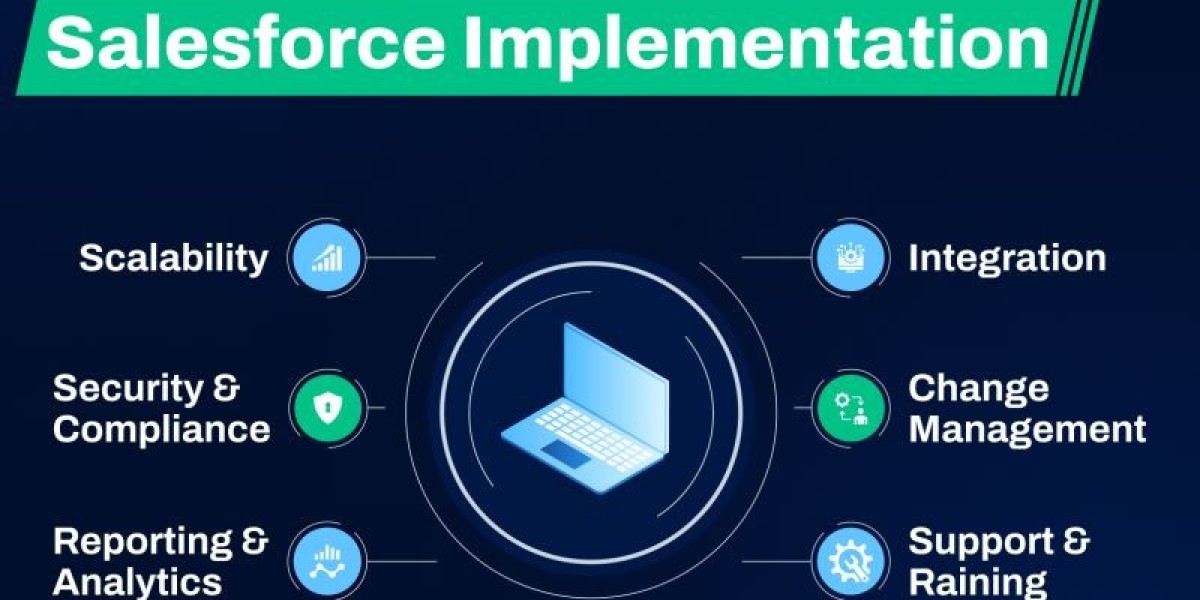Understanding the Importance of Data Modeling
Data modeling in Salesforce involves creating a blueprint that defines how data will be structured, organized, and related to each other within the platform. With a well-designed data model, you can ensure accurate data management, improved data quality, and enhanced reporting capabilities. By gaining a deep understanding of your organization's data and its relationships, you can effectively streamline business processes and make informed decisions based on reliable insights.
Choosing the Right Objects and Fields
When you start designing a new data model in Salesforce, it's essential to carefully choose the right objects and fields. Begin by identifying the key business processes and data elements that need to be captured and tracked. During this process, consider eliminating unnecessary fields to avoid clutter and ensure data integrity. Utilize the data type that best suits the nature of the information you are capturing, such as text, number, date, or picklist. Additionally, take advantage of advanced field types like formula fields or roll-up summary fields to automate data calculations and aggregations.
Establishing Relationships
Establishing relationships between objects is a vital aspect of data modeling in Salesforce. Salesforce development services offer various relationship types, including master-detail and lookup relationships, to connect objects and facilitate data retrieval and reporting. When designing relationships, consider the cardinality and dependency between objects. Determine whether a parent-child relationship or a simple lookup relationship better represents the data flow within your organization. Implementing the appropriate relationship types ensures data integrity and enables efficient record access and reporting.
Master-Detail Relationships
Master-detail relationships allow for a hierarchical relationship between two objects, where the child object relies on the existence of the parent object. This relationship is ideal when you want tightly controlled access, roll-up summary fields, and cascading deletes. However, bear in mind that a master-detail relationship cannot be converted into a lookup relationship later.
Lookup Relationships
In contrast to master-detail relationships, lookup relationships are non-hierarchical and offer more flexibility. With lookup relationships, child records are not automatically deleted when the parent record is deleted, providing more freedom within the data model structure. This relationship type is suitable when you need to establish loose connections between objects or when you have scenarios where multiple child records can be linked to a single parent record.
Junction Objects
Junction objects are intermediate objects used to create many-to-many relationships between two objects. These objects serve as a bridge, facilitating the connection between multiple records in one object with multiple records in another. Junction objects help accommodate complex data relationships and enable efficient data retrieval and reporting across multiple related objects.
Lucena Solutions is a top Salesforce development company in Jaipur, India, with a team of highly experienced Salesforce specialists, designers, strategists, and developers. Our developers will analyze your processes, design, build and implement customized applications, and process Salesforce. Our developers will also test, debug and integrate 3rd Party Applications according to the need.
Leveraging Validation Rules and Data Quality
Maintaining data integrity is crucial for any Salesforce implementation. By utilizing validation rules, you can define specific criteria that must be met when entering or updating data. These rules help enforce data quality by preventing invalid or inaccurate data from being entered into the system. Leverage Salesforce's powerful formula syntax to create complex validation rules that cater to your organization's specific requirements. Implementing validation rules ensures clean and reliable data, leading to more accurate reporting and informed decision-making.
Utilizing Record Types and Page Layouts
When designing your data model, take advantage of record types and page layouts to tailor the user experience based on different business needs. Record types allow you to define distinct sets of fields, picklist values, and page layouts for different categories or stages of records. This flexibility ensures that users only see the relevant information they need at each step of the process, enhancing productivity and user satisfaction.
Conclusion
Mastering data modeling in Salesforce is essential to optimize your organization's processes and leverage the full potential of the platform. By effectively designing data models and relationships, you can ensure accurate data management, improved data quality, and enhanced reporting capabilities. Follow the best practices and tips shared in this article to create a well-structured and efficient data model in Salesforce. By doing so, you will empower your organization to make informed decisions, drive productivity, and ultimately achieve success in utilizing Salesforce for your business needs.
Lucena Solutions is a top Salesforce development company in Jaipur, India, with a team of highly experienced Salesforce specialists, designers, strategists, and developers. Our developers will analyze your processes, design, build and implement customized applications, and process Salesforce. Our developers will also test, debug and integrate 3rd Party Applications according to the need.








